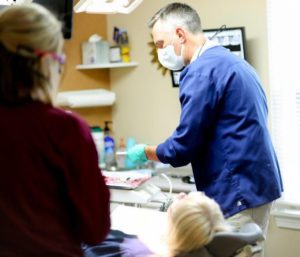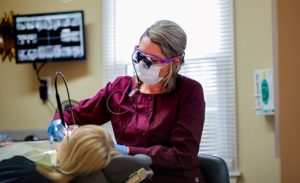You may have heard the phrase “the mouth is the gateway to the rest of the body.” The mouth is connected to the rest of the body, and the only healthcare providers who spend time examining this area are your dental team. The days of the dentist being just the “tooth fixer” are gone. The key here is the practitioner thinking “outside the box” and treating each patient’s total-body health.
The average physician spends seven minutes every two years with a patient. There may be a 5 second glance inside the mouth during those visits. If you see a dentist on a regular basis, we (dentists and hygienists) spend an hour twice a year concentrating… (Read More)


